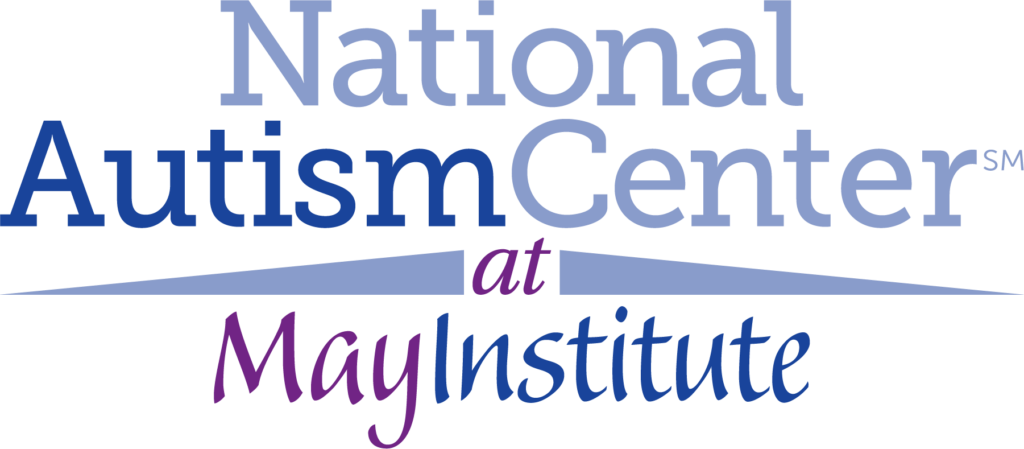Autism
Autism Today
There has been much discussion as to why the rate of autism has been steadily increasing since the 1990s. Research suggests that the increase in the incidence of autism is the result of both broadening the diagnostic criteria for autism and increased recognition of autism.
When Autism was added to the Diagnostic and Statistical Manual in 1980, the diagnostic criteria were much more restricted than they are today. For example, the onset had to be prior to 30 months of age and included three essential features: lack of interest in people; severe impairments in communication; and “bizarre” responses to the environment. Since that time, our understanding of the nature of autism has shifted, and the criteria have been broadened significantly (see “What are the Symptoms of Autism”).
At the same time, changes in legislation, such as the Individuals with Disabilities Education Act (IDEA), and increased recognition of autism have led to more people seeking a diagnosis than in the past.
Current facts about autism:
- About one in 36 children nationwide has been diagnosed with autism (Centers for Disease Control and Prevention).
- Autism is found in cultures around the world.
- Autism is diagnosed more often in boys than in girls, although whether this is due to genetics or the ways autism is diagnosed is not clear.
- Approximately 10 percent of children with autism spectrum disorder (ASD) have an identifiable genetic or chromosomal disorder (i.e., fragile X or tuberous sclerosis).
- The cause of autism has not been established.

